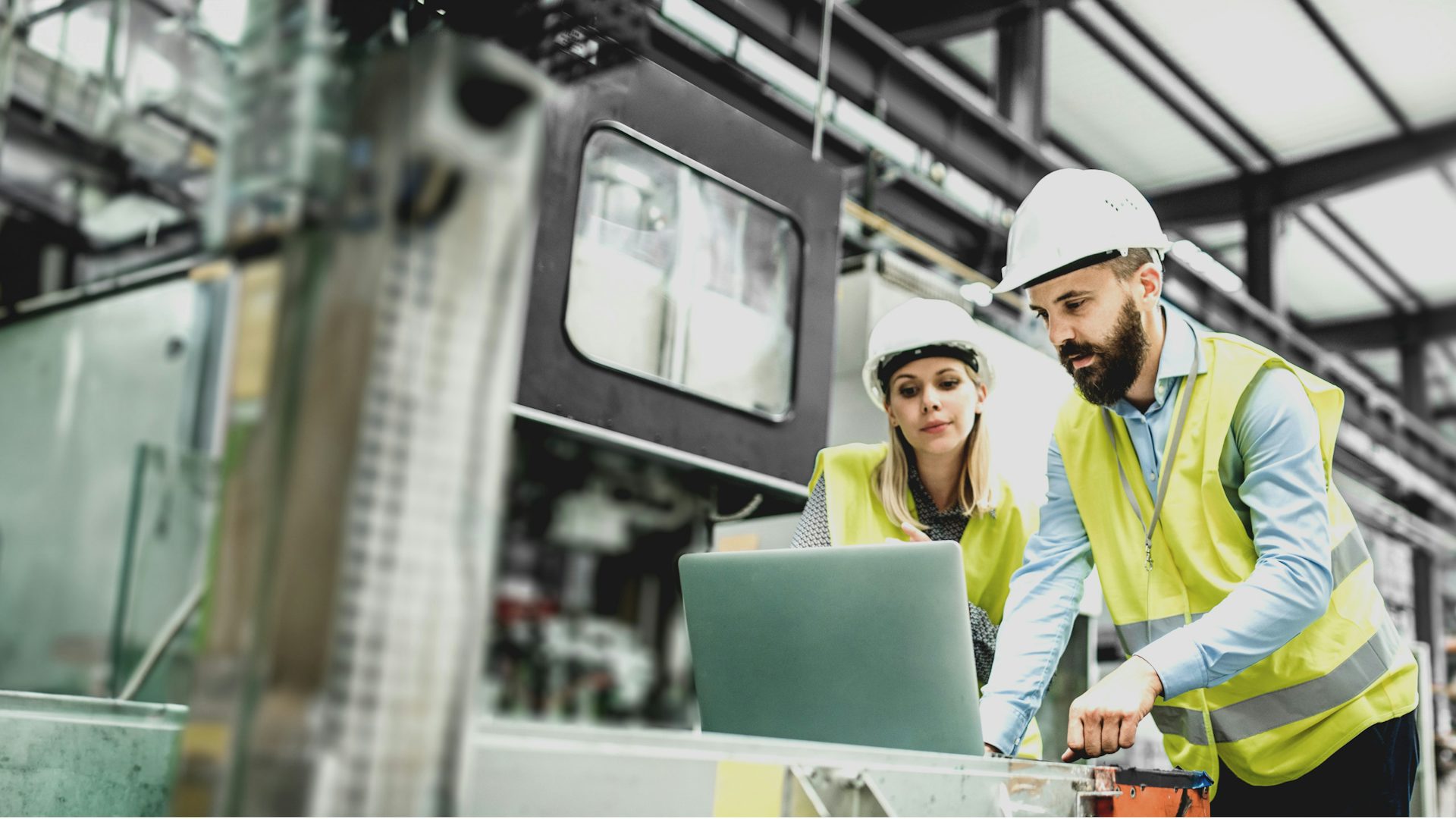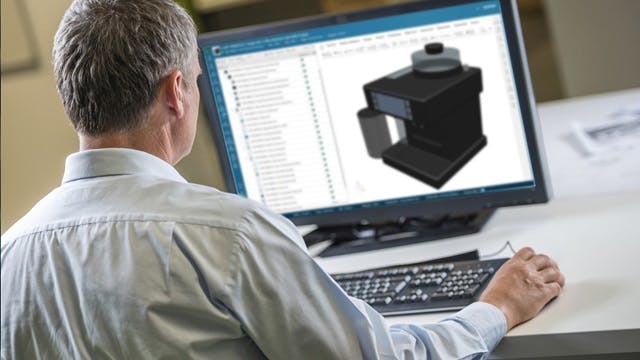How do you establish more flexible, adaptable and efficient manufacturing processes and optimize manufacturing productivity to meet complex customer requirements?
Implement a manufacturing process planning solution to help you plan, simulate, optimize and validate production. Develop and capitalize on a shared digital thread that runs through the entire manufacturing process.






